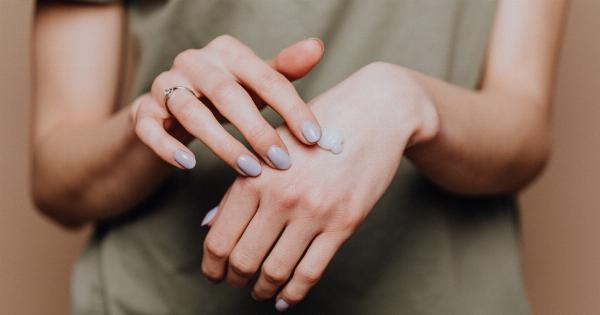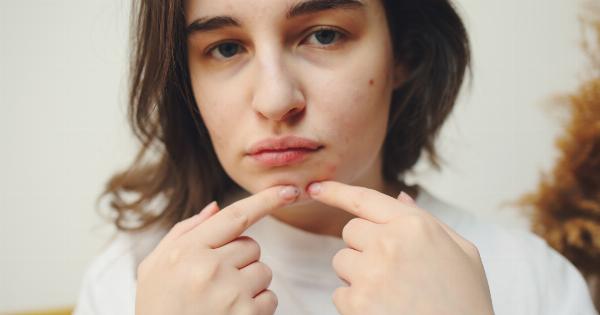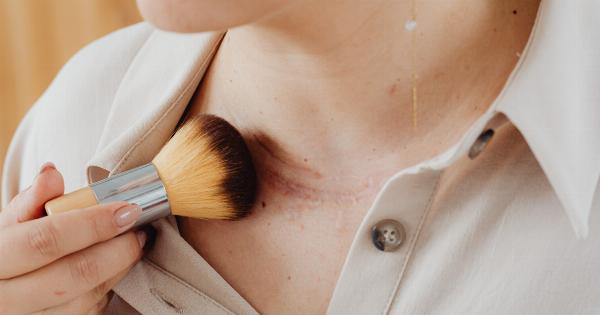Acne can be a frustrating and confidence-damaging condition that affects millions of people worldwide.
Whether you’re a teenager going through puberty or an adult dealing with hormonal changes, finding fast and effective acne solutions is essential. Fortunately, there are several options available that can help you tackle acne and regain clear, healthy skin. In this article, we will explore two options that you can try to combat acne swiftly.
1. Topical Treatments
Topical treatments are one of the most commonly used options for treating acne.
These treatments are typically applied directly to the affected areas of the skin and work by targeting the root causes of acne, such as bacteria, excess oil production, and clogged pores. Here are two popular topical treatments worth trying:.
a) Benzoyl Peroxide
Benzoyl peroxide is a powerful ingredient found in many acne treatments. It works by killing the bacteria that contribute to acne formation and reducing inflammation. Benzoyl peroxide is available in various strengths, including 2.5%, 5%, and 10%.
It is important to start with a lower strength to assess how your skin reacts and gradually increase it if necessary. This ingredient can be found in washes, creams, gels, and spot treatments.
To use benzoyl peroxide, start by cleansing your face with a gentle cleanser. Apply a thin layer of the product to the affected areas, avoiding contact with unaffected skin.
It is crucial to follow the instructions provided by the product manufacturer and avoid excessive use, as this can lead to dryness, redness, and peeling.
b) Salicylic Acid
Salicylic acid is another widely used topical treatment for acne. It works by unclogging pores, exfoliating dead skin cells, and reducing inflammation.
Salicylic acid is available in various forms, including cleansers, toners, lotions, and spot treatments.
To use salicylic acid, cleanse your face and apply a small amount of the product to the affected areas, again avoiding contact with unaffected skin. It is best to start with a lower concentration, around 0.5% to 2%, and gradually increase if needed.
You should also follow the instructions provided and not exceed the recommended usage to prevent irritation and dryness.
2. Oral Medications
When topical treatments are not providing satisfactory results, oral medications may be prescribed by a dermatologist. These medications work internally to target the underlying causes of acne and can be highly effective.
Here are two common types of oral medications used to treat acne:.
a) Antibiotics
Antibiotics are often prescribed to control acne caused by bacterial infections. They work by reducing the number of bacteria on the skin and decreasing inflammation.
Commonly prescribed antibiotics for acne include tetracycline, doxycycline, and erythromycin.
It is crucial to follow your dermatologist’s instructions precisely when taking antibiotics. Be aware that long-term use of antibiotics may lead to bacterial resistance, so they are typically prescribed for a limited duration.
Antibiotics may also cause side effects such as stomach upset and increased sensitivity to sunlight.
b) Hormonal Treatments
Hormonal treatments are primarily used to address acne caused by hormonal imbalances, such as in cases of polycystic ovary syndrome (PCOS) or hormonal fluctuations during the menstrual cycle.
These treatments can help regulate hormone levels and minimize acne breakouts.
Common hormonal treatments for acne include combination birth control pills containing estrogen and progestin, as well as anti-androgen medications like spironolactone.
These treatments are typically prescribed for women and may not be suitable for men or individuals with certain health conditions. Consult with a dermatologist to determine the right hormonal treatment option for you.
Conclusion
When dealing with acne, finding fast and effective solutions is crucial to regain clear, healthy skin and boost self-confidence.
Topical treatments such as benzoyl peroxide and salicylic acid can be effective in targeting acne-causing factors like bacteria and clogged pores. In cases where topical treatments are inadequate, oral medications such as antibiotics or hormonal treatments may be necessary. Consult with a dermatologist to determine the best options based on your specific condition.
Remember, consistent and proper usage of these treatments is the key to achieving positive results.





























